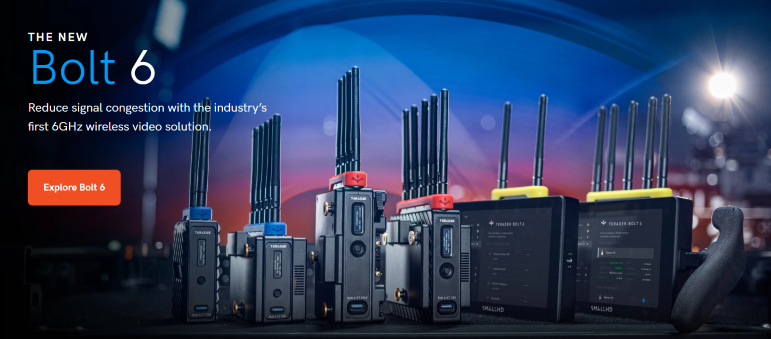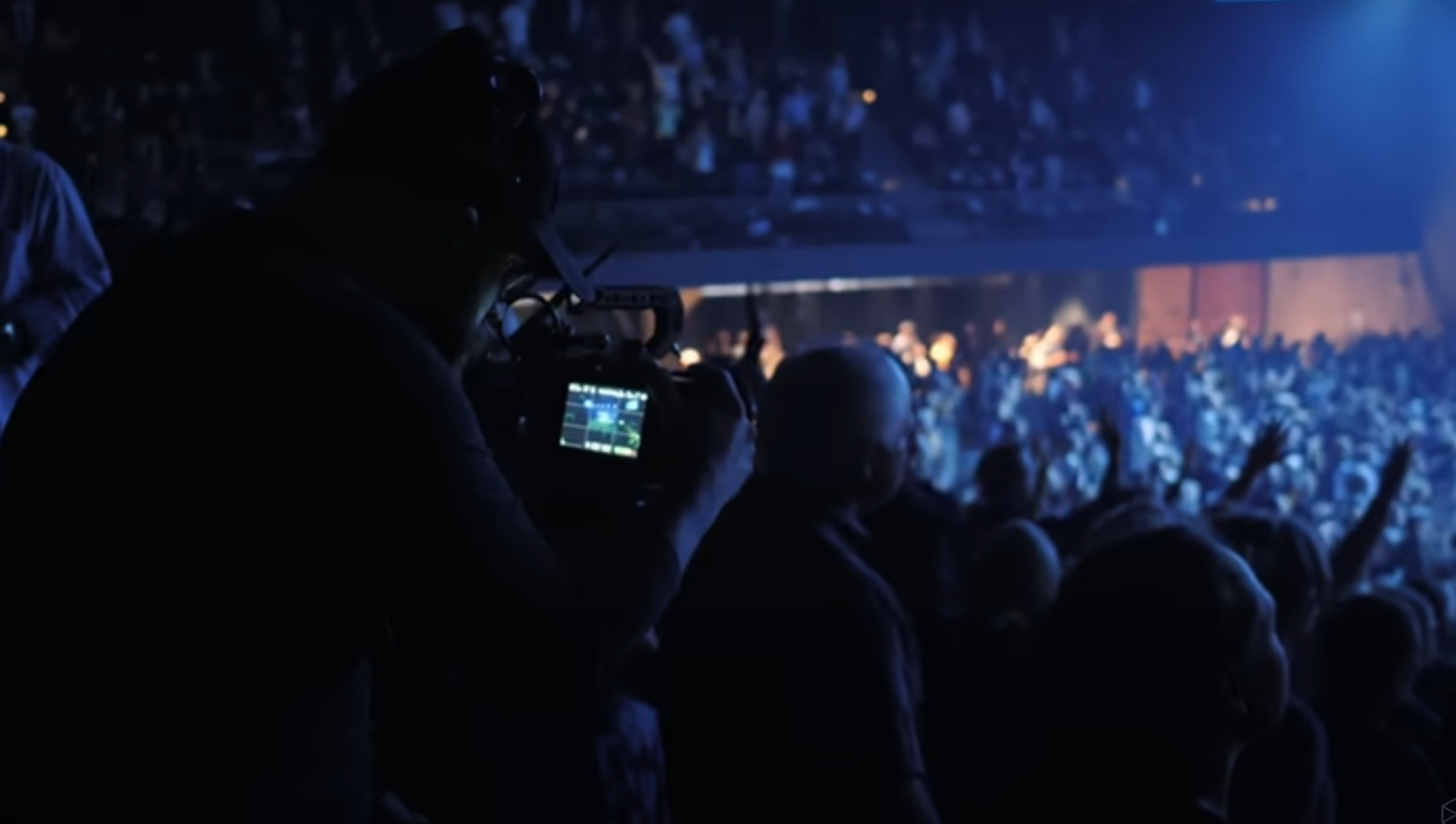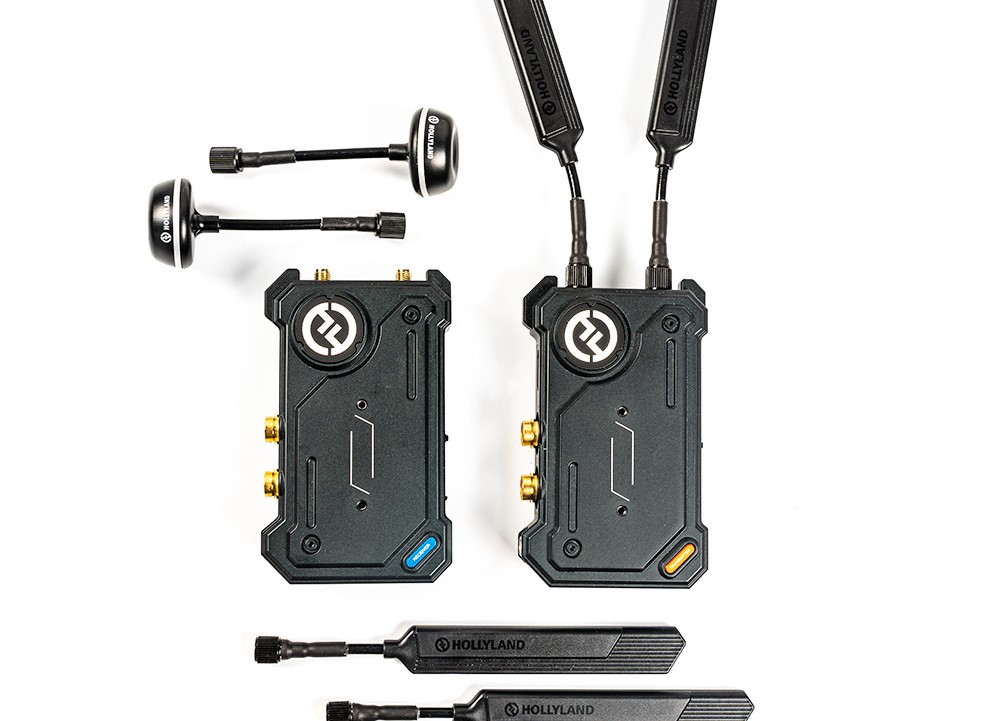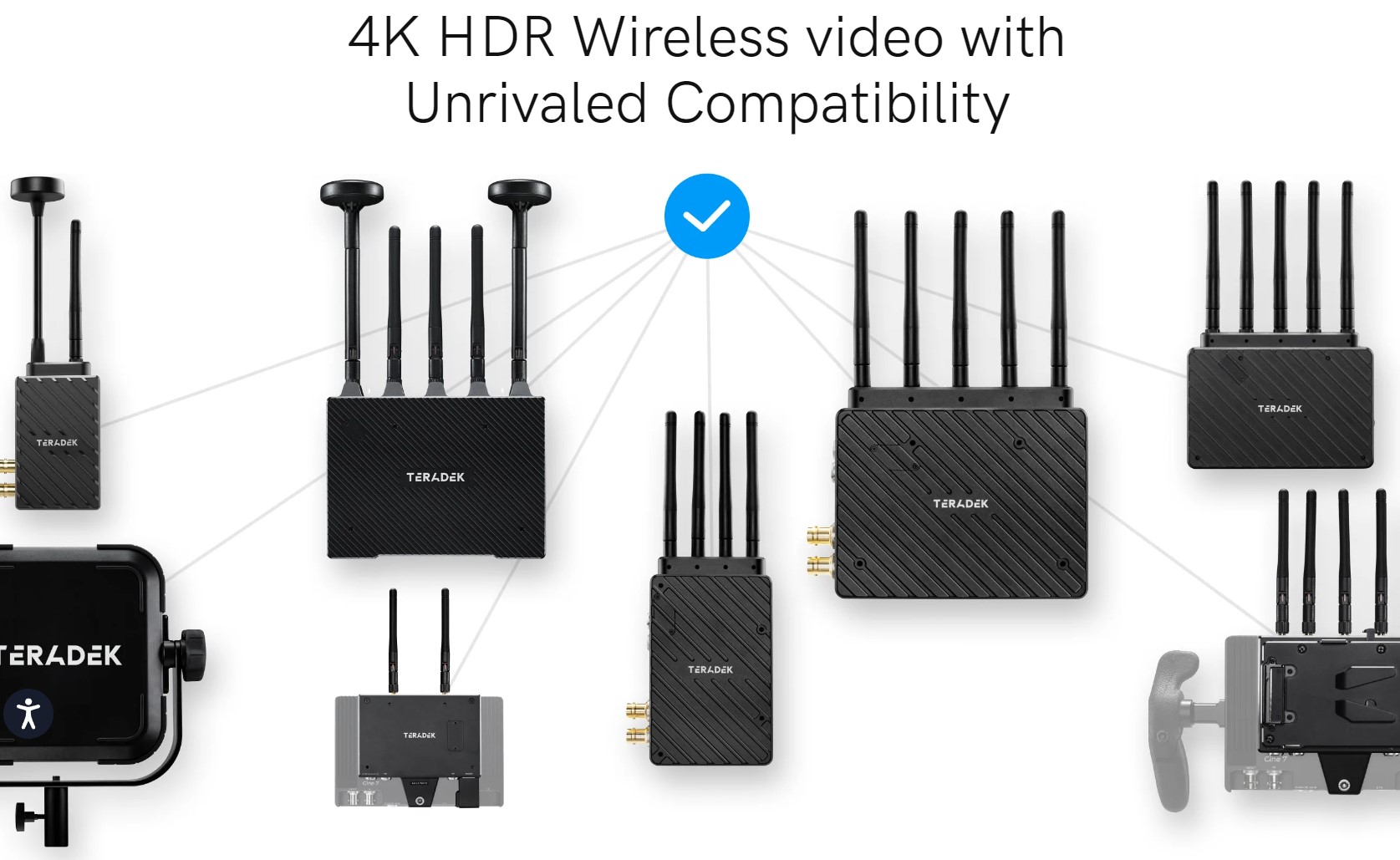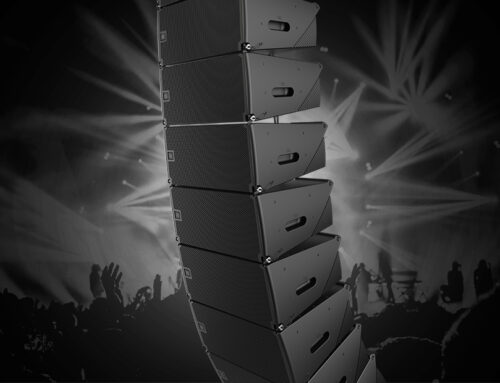So you find yourself in a position where you’re running a signal longer than a HDMI run. SDI is impractical, and other cool options like Video Over IP isn’t going to work either. You just may be a candidate for Wireless Video Transmission.
This is where you use a wireless transmitter and receiver to send your camera’s signal from the camera to a director’s monitor or video switcher. Depending on what you’re filming will determine what kind of wireless transmitter you will need. There are many flavors (as you would guess) at different price levels with varying capabilities. What we are going to attempt to do is lay out the ground work for why you would use a wireless video system, and how to choose the right one for your application.
Let’s go!
Usually, reading a post a reader has to go through the mundane reasoning, but I choose to save you the boredom. Why should you use a wireless video transmission system? Freedom, of course.
No wires. No restrictions, other than distance, battery life, and budget (distance and budget would exist for running cables as well, by the way). No long setup times.
Truthfully, there will probably never be anything as reliable as running a SDI cable from your camera to a monitor or a video switcher. But manufacturers of wireless transmission systems are doing a great job of developing systems that can transmit long distances, through walls, and with low to no latency.
The applications for wireless transmission are many. Monitoring for a DP or producer who needs to see live camera shots. Maybe a focus puller or a remote operator needs to have view the camera in a place that wires can’t go, or are not practical. Or just about anyone who needs to do monitoring of any kind of video signal.
What has gotten exciting is that wireless video transmission has worked it’s way into the HoW market where handheld operators are being freed of the worry that they can’t get a shot due to the camera cable not allowing for positioning. Wireless video transmission has, also, allowed for the creative juices to flow as it can break through the static shots of old, putting the camera operator right in the midst of the crowd to give the viewer a first person experience like at Bethel Church. (Click on image to see video)
https://youtube.com/clip/Ugkxrx_kyUbQy-qI-vuMA5DuGFovyUXceJPg
This kind of shooting has really brought to life the online experience as it immerses the viewer into the service differently than the traditional third person view has done. Short of putting on VR goggles, this draws you closer to the action of whatever it is that you’re watching.
How all this works is straight forward.
One of the best tutorials on how to setup your system comes from Ballas Media.
For their example they use the Hollyland MARS400s.
Just remember, that you need to find the right wireless video transmission system that’s right for you.
If zero latency is that important, then remember that you’re going to pay a higher price (over $1,000) for that capability.
The hunt for the cheap but perfect system can lead you down a number of rabbit holes. Be smart and do your research first before you spend your money on the holy grail of wireless transmission systems. There’s a reason why some companies stick out better than others. Do not let cost be the reason why you choose a system.
If you can’t pay for a system that would work right in your environment, then just wait. Save up or raise the money to get what you need versus wasting money on the wrong product.
Wireless video transmission has become more prominent in today’s video production arrangements. It’s, clearly, going to become more and more necessary as a creative solution to break the chains of wired boundaries.
Finding the right product for your situation will take some research, some diligence, and some patience, but the stage is set, and the time is right for you to experience wireless video in your production.
If you’re looking to upgrade your lighting, video system, or projection contact us today. https://shepherdmedia.com/contact-us/

